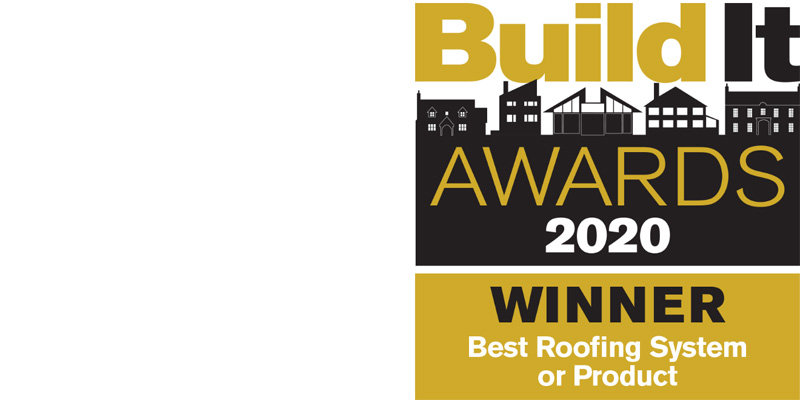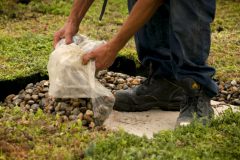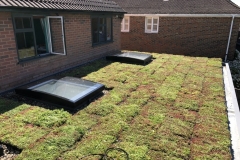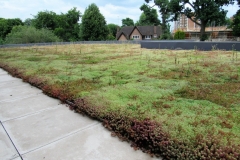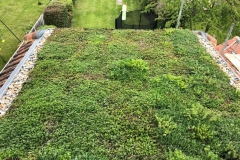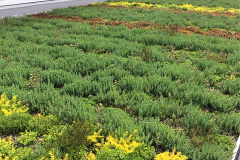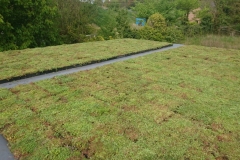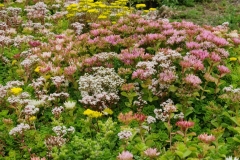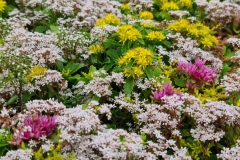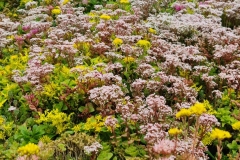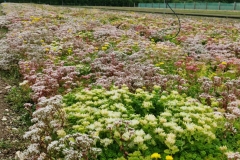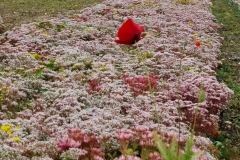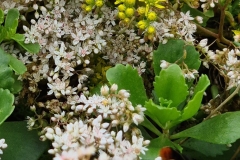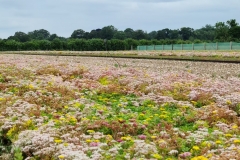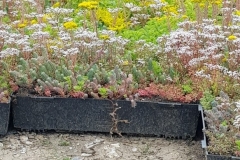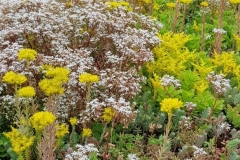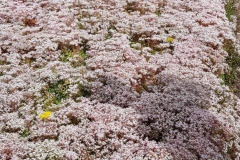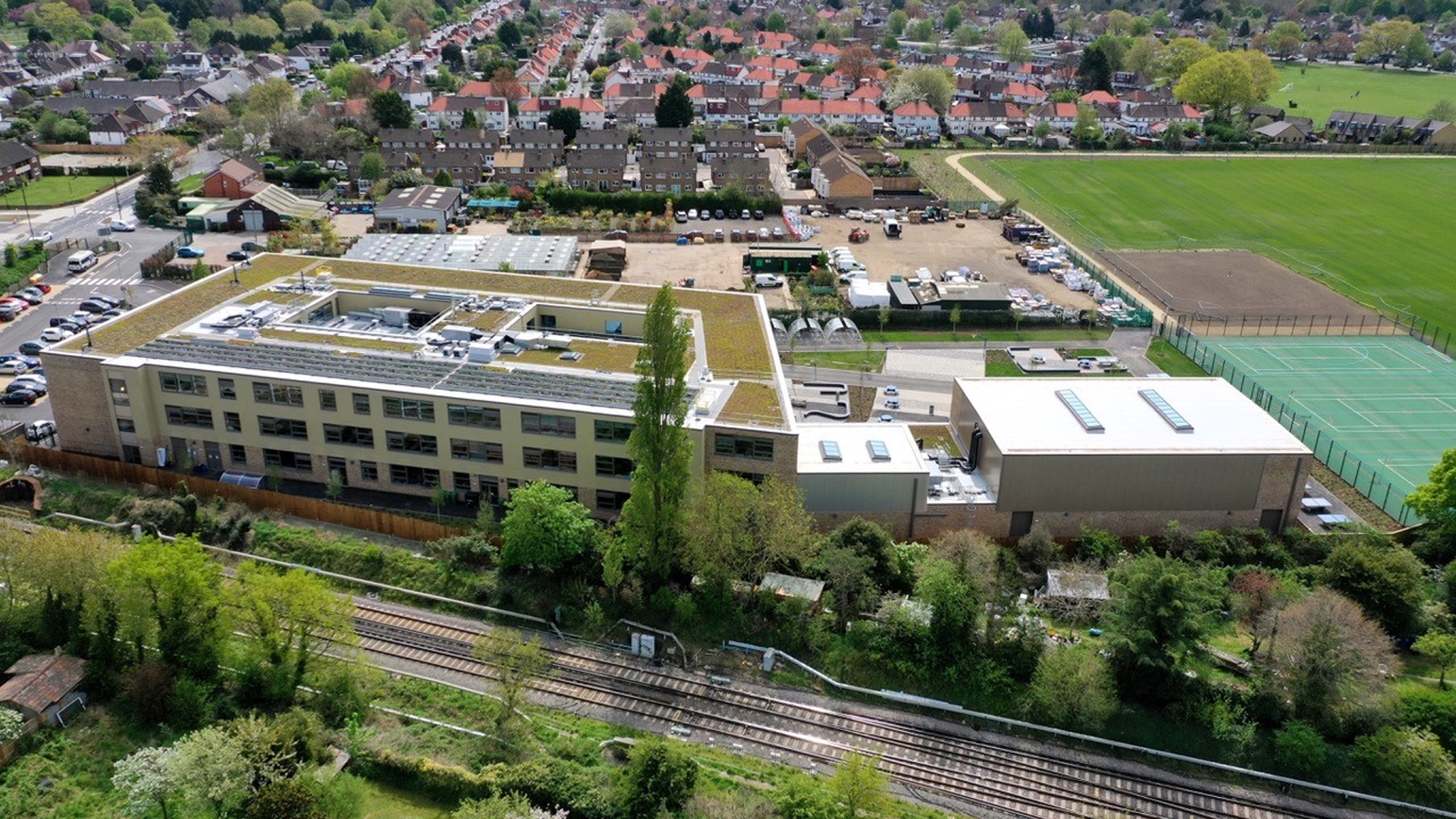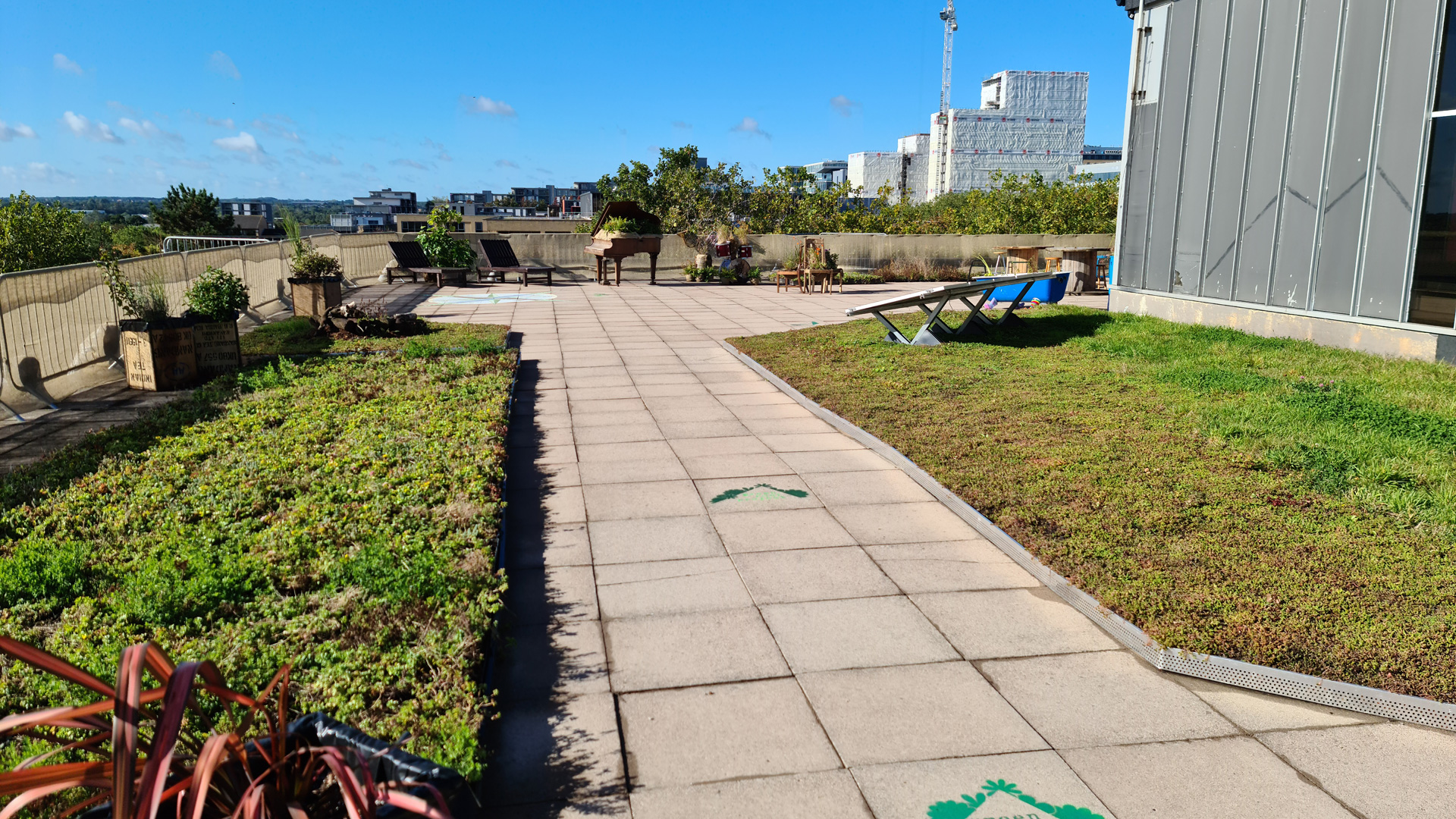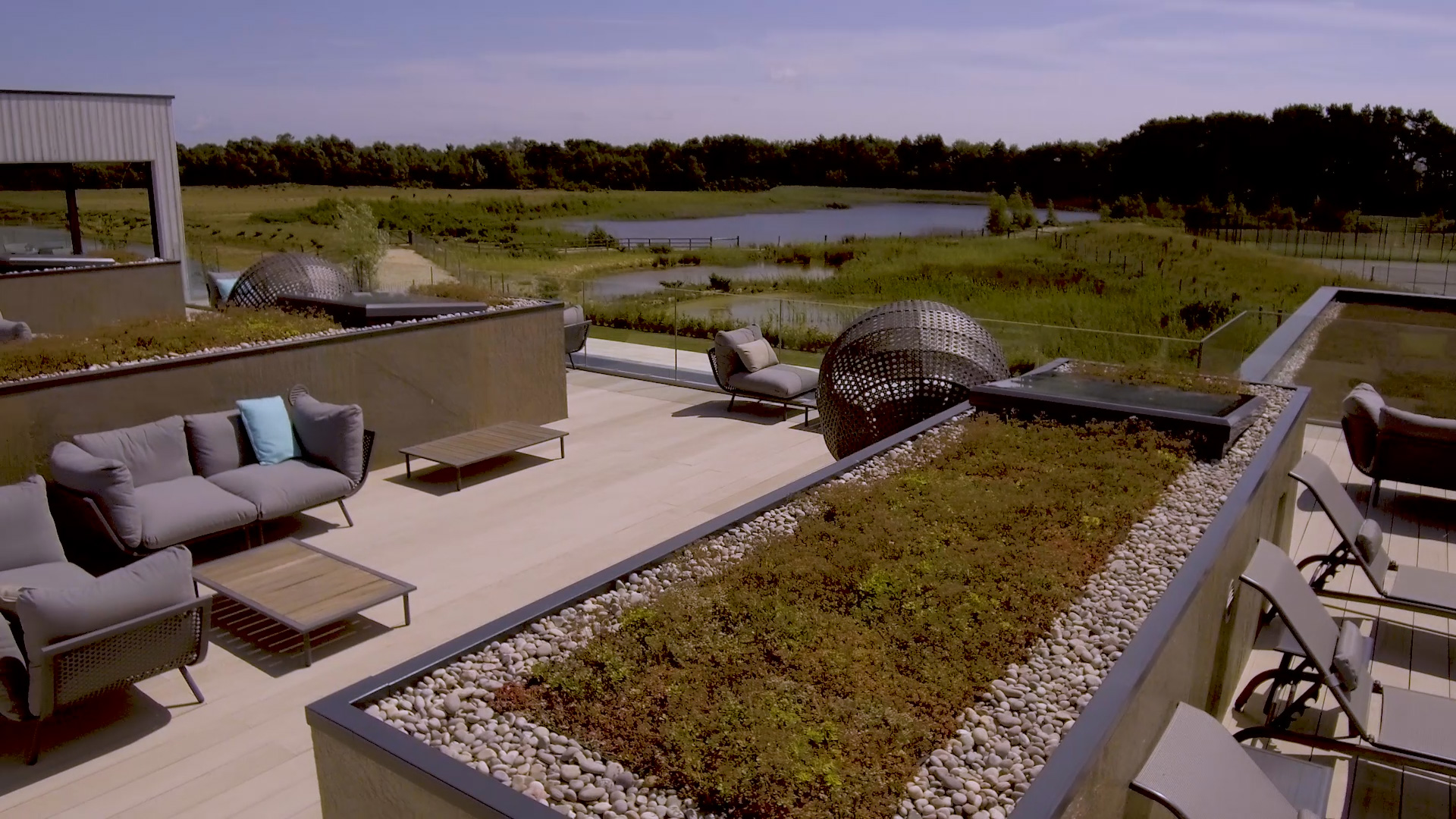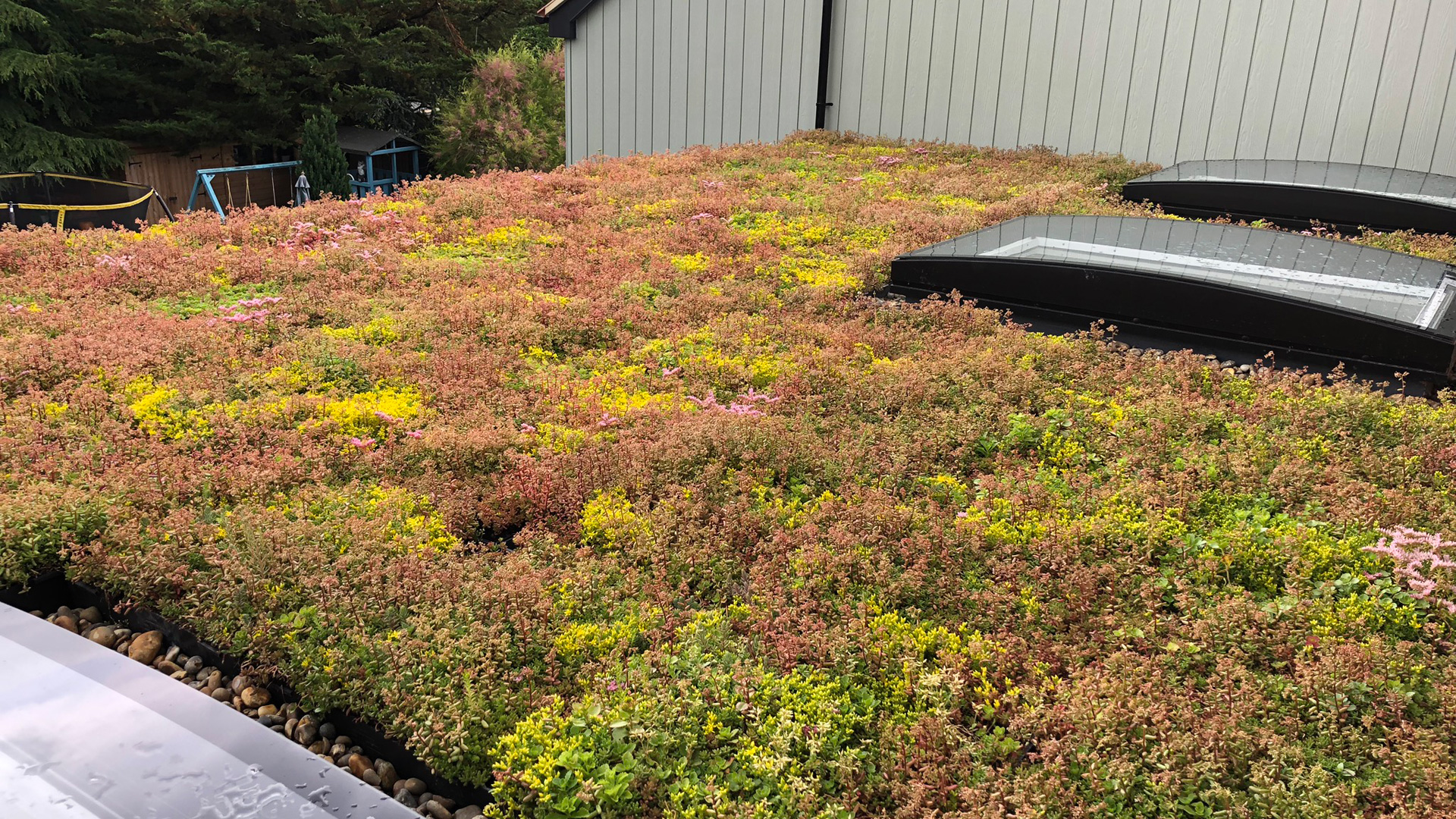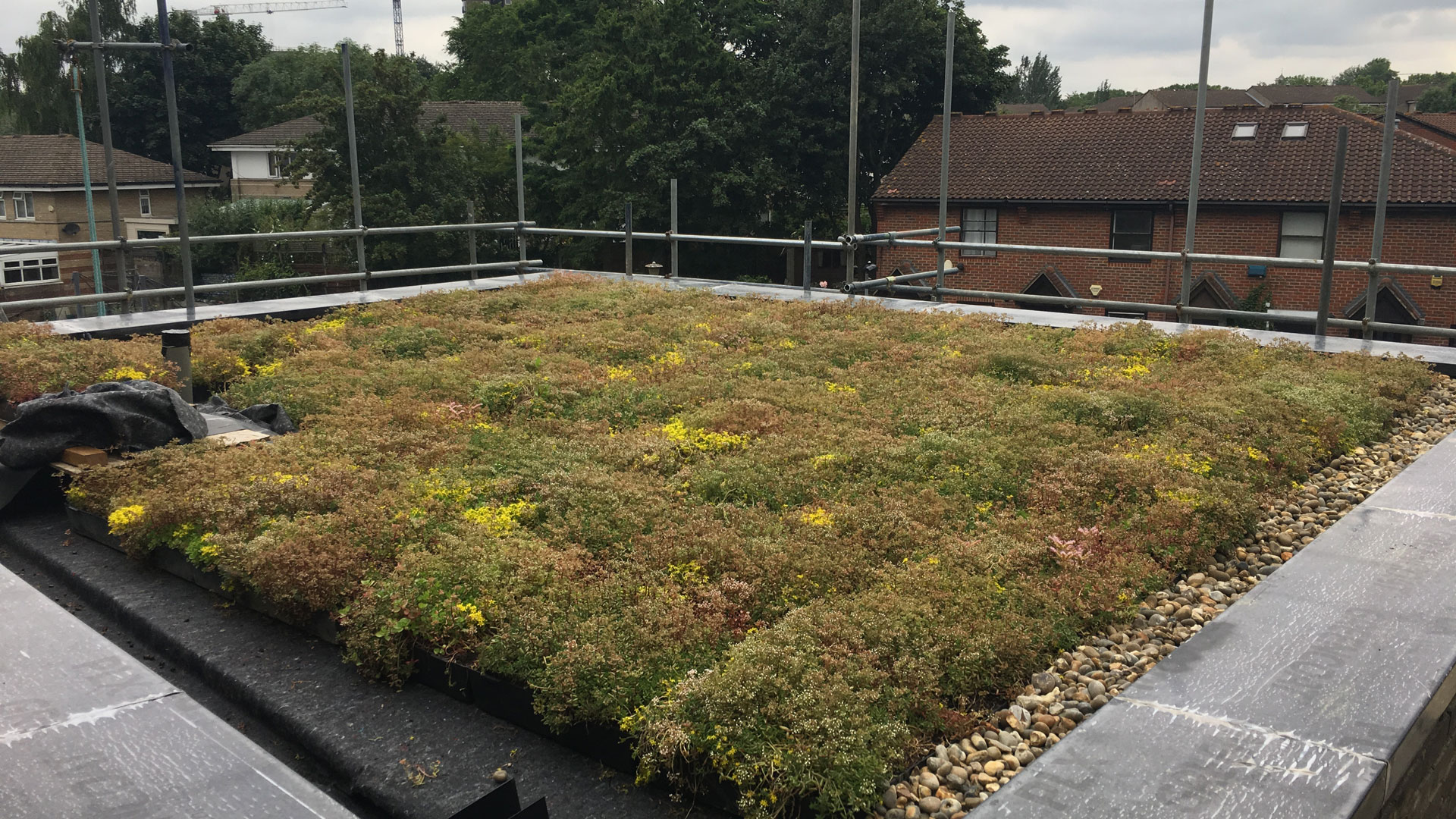FAQs
What is a green roof?
A green roof, also known as a living roof or bio-diverse roof, is a roofing system that incorporates vegetation and substrate layers on top of a waterproof membrane. This innovative approach to roofing serves multiple purposes: it absorbs rainwater, provides insulation, and creates a habitat for local wildlife, all while contributing to urban sustainability. Green roofs have gained popularity in recent years as an eco-friendly alternative to traditional roofing materials, offering not only aesthetic appeal but also tangible environmental and financial benefits. They can help mitigate the urban heat island effect, improve air quality, and even extend the lifespan of the roof itself.
What type of Green Roofs are there?
Green roofs come in two main types: extensive and intensive. While they share the core goal of integrating vegetation into building design, they vary significantly in terms of depth, upkeep, and purpose.
Extensive green roofs are relatively shallow, typically 80 to 200 mm deep, and are designed for minimal maintenance. They feature hardy, drought-tolerant plants like sedums, needing little irrigation or fertilization.
Intensive green roofs, in contrast, are much deeper, often exceeding 200 mm, and can accommodate a wider range of plant species, even shrubs and small trees. These roofs demand more intensive maintenance, including regular watering and fertilization, but offer greater aesthetic and recreational potential.
Both types deliver ecological and insulation benefits, but choosing between them depends on your specific needs, budget, and maintenance capabilities. Extensive green roofs are the most common, suitable for residential and many commercial projects.
What options do I have for my extensive green roof?
When it comes to extensive green roof systems, there are two primary choices: the Rollout System and the Modular System.
The Rollout System comprises of several layers and should be installed by a qualified landscaper or green roof installer. It involves layering of different materials to create the green roof.
The Modular System, on the other hand, consists of interlocking crates that are pre-grown before arriving at your project. Essentially, it combines all the layers of a Rollout System into one convenient package.
At Wallbarn, we can provide quotes for materials for either of these systems, ensuring flexibility to meet your specific project needs.
What are the advantages and disadvantages for each of these systems?
A Rollout green roof system may be more cost-effective in terms of materials, particularly for large or commercial projects. However, there are minimum quantity requirements for some of the system layers, making it impractical for smaller residential projects. Rollout systems offer greater design flexibility, making them suitable for roofs with intricate curves, and they allow control over substrate depth. On the downside, these systems require installation by a qualified professional, which can be more labour-intensive and consequently more expensive. Additionally, if membrane maintenance is necessary, it can be challenging to access, and the materials may not be reusable.
In contrast, a Modular System offers a simpler and quicker installation process, achievable by physically fit individuals. One of its key advantages is ease of maintenance – trays or crates can be easily lifted to access the membrane, and then put back in place when maintenance is complete.
Ultimately, the choice between these systems should be based on the specific requirements and constraints of your project, including size, design complexity, and maintenance considerations. The Wallbarn Technical Team are here to assist with ensuring you choose the right system for your project.
What is the cost of an M-Tray®?
- M-Trays®= £88 per sqm (4 Trays to a sqm – £22.00 each)
- Available in Sedum or Sedum/Wildflower Mix (£22 each, £88 per sqm)
- Approx. £80 per pallet (32 trays maximum per pallet) * transport charges subject to short term changes and are based on post code – please ask for current quotation
- Geotextile fleece = £1.25m² Riverstone washed pebbles – POA
All prices are subject to alteration.
Where are the M-Tray® grown?
The M-Tray® is grown for 6 to 9 months prior to them being sent to your project. They are grown from seed to full maturity and nurtured by our team at our farm near Basingstoke, Hampshire.
What are the dimensions of the M-Tray®?
500mm x 500mm x 100mm deep (four trays to a square metre)
What is the weight of the Modular Trays?
The saturated weight of the trays are 100kgs/m² – we recommend that you consult an Engineer to advise on loadings (120 kg/m² saturated)
What is the vegetation?
The vegetation is a mix of 11 x Sedum species or a Sedum/Wildflower Mix.
Can I walk on the trays?
The modules are not designed for foot traffic but can tolerate being stepped on for maintenance purposes.
Can M-Tray® grow in partial shade?
Yes, however, like any living plant, an element of light is required.
Do I need to have any design?
No. However we can produce a layout guide along with estimates for trays, geotextile fleece and border pebbling if required.
Are there any regulations I should know about for a green roof?
Yes. Fire regulations require a hard border between vegetation and the walls of buildings as well as around features such as roof lights and fall arrests. The Wallbarn Technical Team can assist you with any questions you have about this. For detailed best practices, we suggest reading through the GRO Code, which clearly outlines best practices for green roofs
Is there a full cover of vegetation?
Our M-Trays® have been grown at our farm for several months prior to delivery. They will arrive with a minimum 90% cover.
Does the area have to be level?
M-Tray® can be laid on a level area and on a slope up to 15°. Ideally, we recommend not going above 10° without installing some baton supports. Please speak to one of the Wallbarn Team prior to purchasing for helpful advice.
Do they need maintenance?
All green roof systems require maintenance albeit minimal in the case of our Modular System. We recommend carrying out maintenance every two to four times a year, depending on your location. Factors like proximity to trees or the presence of many birds can increase debris and potential grass contamination.
The optimal times for maintenance are at the end of summer and early spring. During these periods, it is advisable to clear away dead organic matter like leaves and remove weeds and grass. At the end of summer, you can lightly skim the surface with your hand, collecting dead wildflower stems and dispersing seeds for the following year. On each of these occasions, fertilization is also recommended. You can use any general-purpose fertilizer, but we provide fertilizer with each M-Tray® order, which is the same as what we use that we used at our farm.
It is important to understand that green roofs are a living feature. Similar to a garden, the care and attention you invest will be rewarded with beautiful seasonal changes and a lifespan spanning several years.
Do I need irrigation?
This is very dependent on your unique requirements. Any commercial green roof should definitely have an irrigation system. For residential projects, a green roof should be watered if we go without rain for two weeks or more. Whether this is done with a system or yourself is up to you. The important factor is that it happens.
What other materials will I need to buy along with my M-Trays®?
This depends on your individual requirements and your roof. The Wallbarn Team are here to assist you.
Standard Accessories:
- Geotextile fleece to protect existing roof/membrane
- Riverstone pebbles to be used as a firebreak and to go around drains or other rooftop features such as roof lights.
Optional Accessories:
- Access chamber
- Aluminium edging
I have seen modular systems fail, why won’t yours?
This is our 4th generation of the module, designed and manufactured by Wallbarn here in the UK. The 100mm deep tray with its optimum drainage; our specially mixed substrate and careful choice of mature and hardy sedum species mean the M-Tray® is the best quality modular system on the market. Short Documentary on the M-Tray.
What preparations should we consider prior to delivery?
1. Ensure you have informed Wallbarn of any Site Restrictions or Delivery requirements. For example, if your site or house is only accessible by narrow lanes or your own driveway has access only suitable for a car, please speak to us before organising delivery. Refused delivery or where deliveries cannot be done as scheduled will incur costs by you. We have an extensive Courier network available to us which can handle most situations including, HIAB, Moffet, timed deliveries, different size lorries/vans and FORS (Bronze, Silver & Gold).
2. Typically, deliveries will be between 8am to 12pm on your designated delivery day. Please ensure that you have given Wallbarn the best contact information for who will be there that day including their mobile number.
3. Be aware that different materials will be delivered on separate vehicles but will be delivered on your designated day.
4. Any rolls of sedum, wildflower or modular trays should be unpacked ideally on the day they arrive but certainly within 24 hours. Ensuring you have enough hands-on site for deliveries is an often important but overlooked consideration.
5. If you have a large project, speak to your Wallbarn representative about scheduling deliveries to match your work schedule. For rollout systems it makes sense to have the bottom layers delivered first and Sedum or wildflower blanket to arrive a couple of days after. For Modular Systems, consider how many people you have to assist and how large your project is. Scheduling delivery over two or three days may be best.
6. Delivery can only be made Tuesdays, Wednesdays, and Thursdays. Due to this being a live product. A Friday delivery is possible in extreme circumstances. However, the customer will need to sign a waiver and Wallbarn will accept no responsibility in failed deliveries.
Will the M-Tray look good all year round?
Like all plants, the look will change with the Seasons. Some of the Sedum species will turn a rusty red/brown colour in the Winter, which is perfectly normal as it hibernates. You will notice that the growth thins out over Autumn as flowers die but the Trays will come to life in the Spring again and be at it’s heaviest growth in Summer.
Can I return the Trays?
Unfortunately returns are not possible due to the nature of the product and it being living plants.
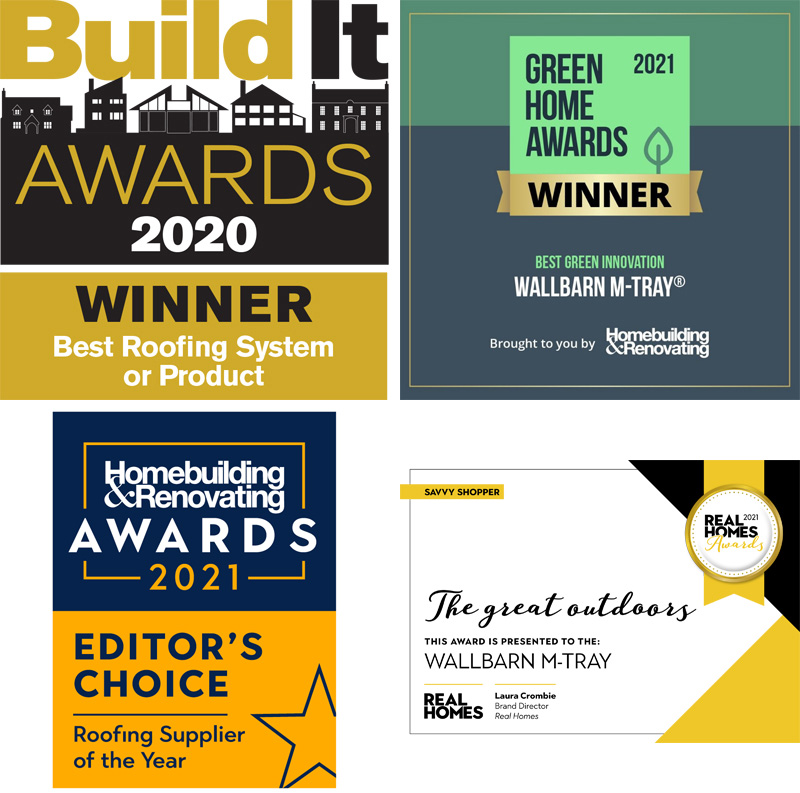
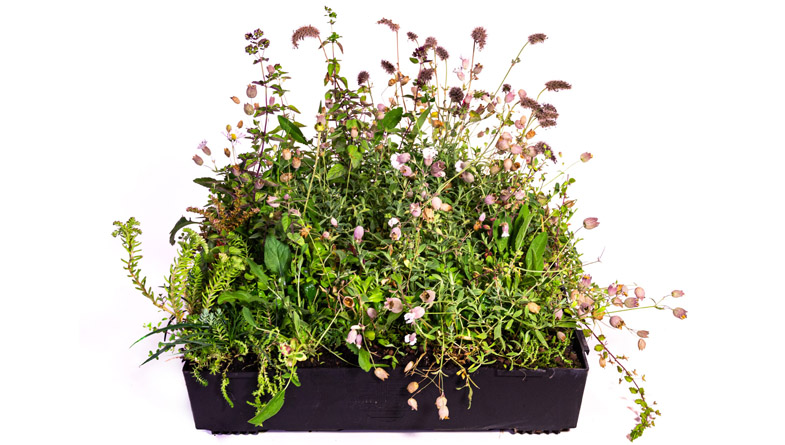
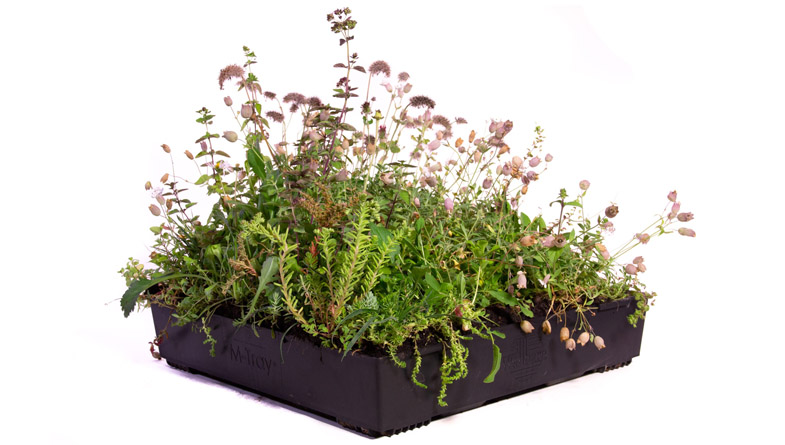
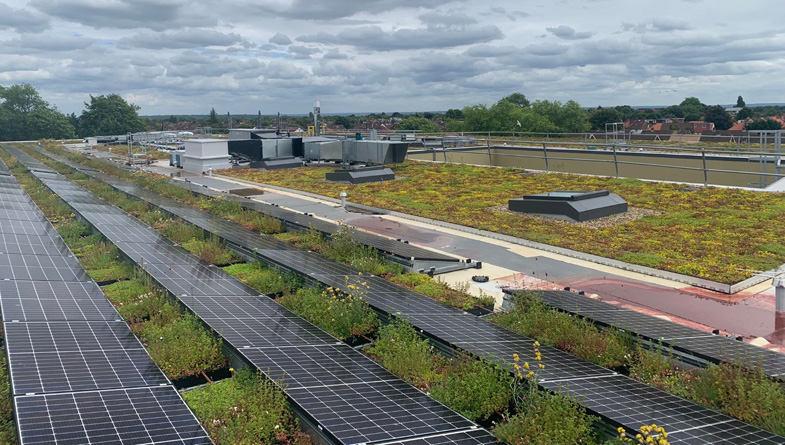


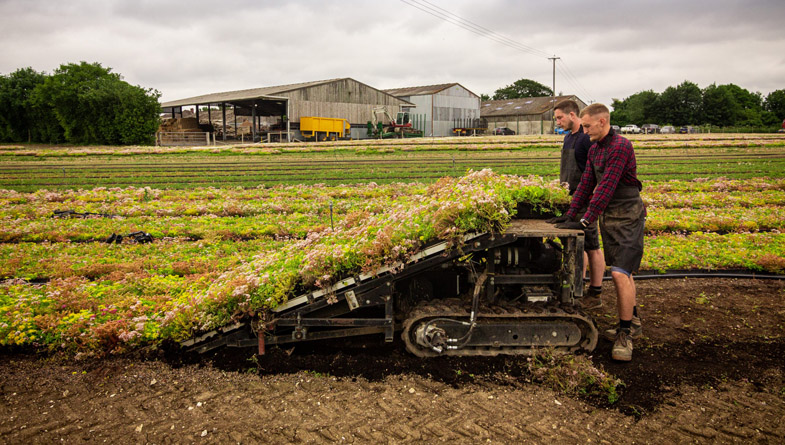

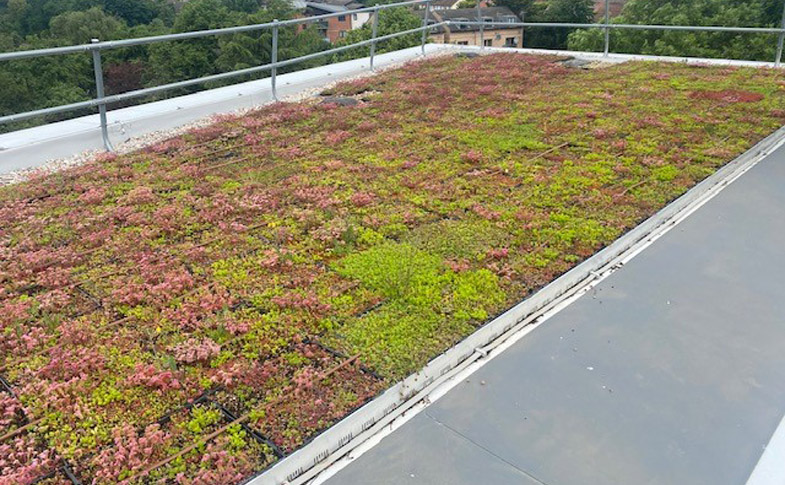
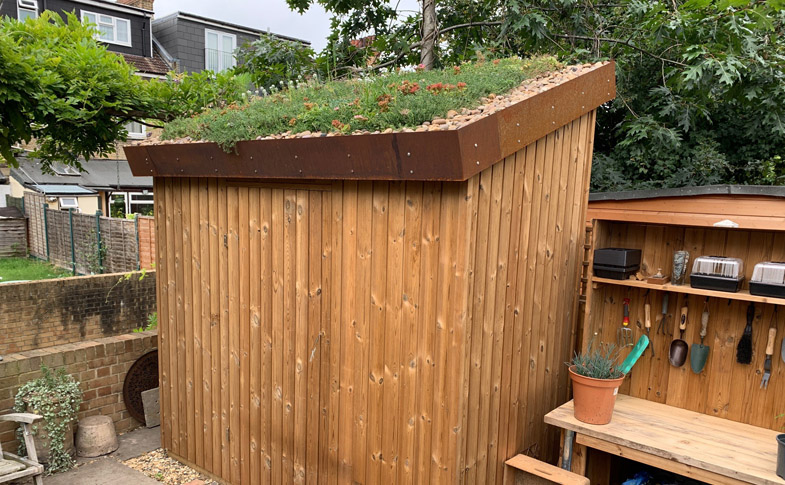

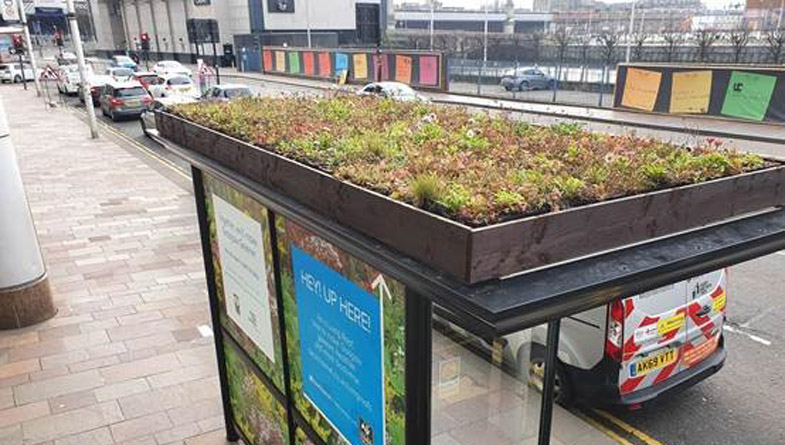
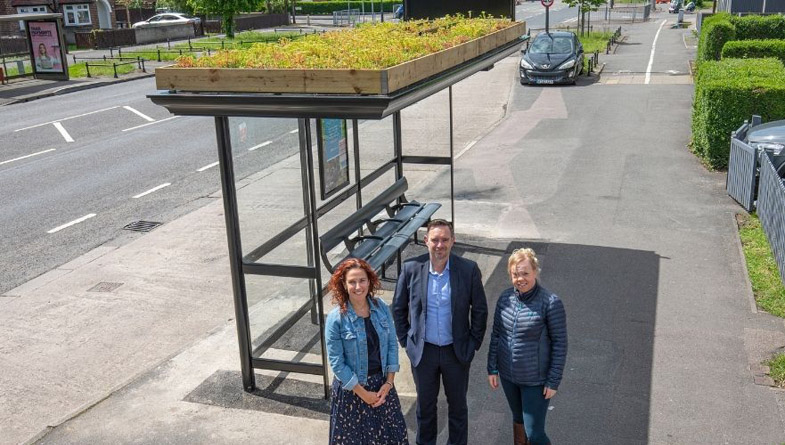
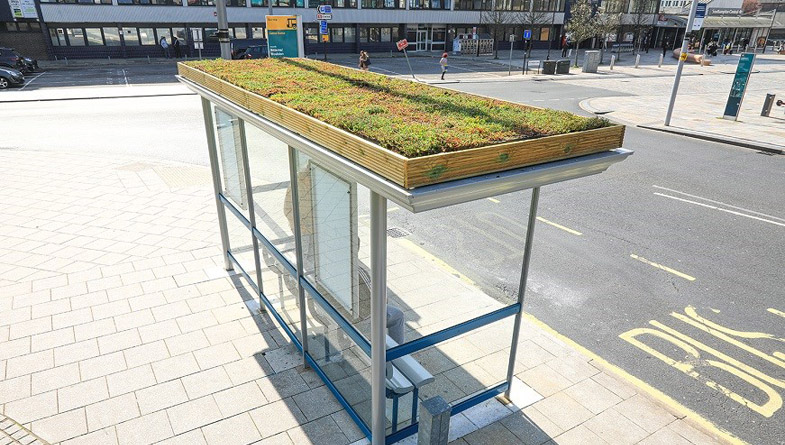

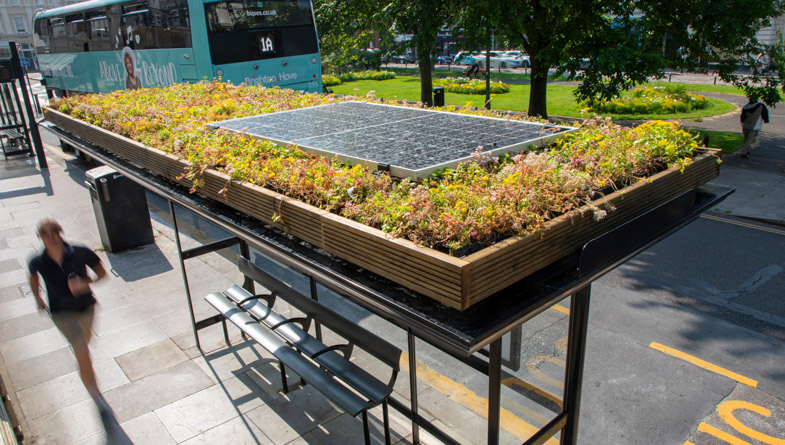
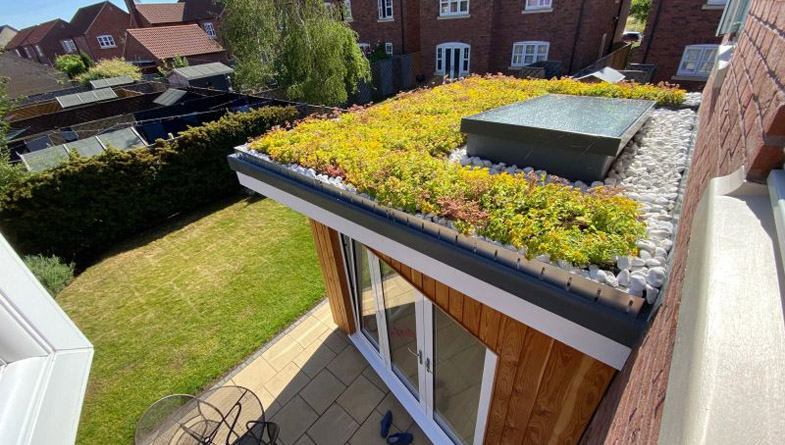
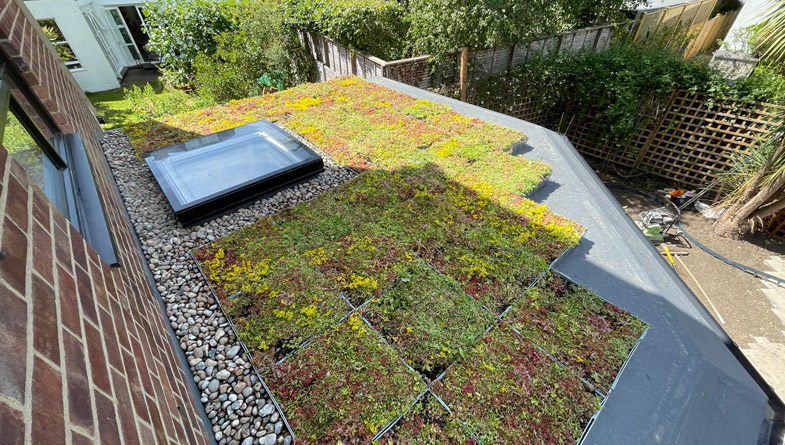
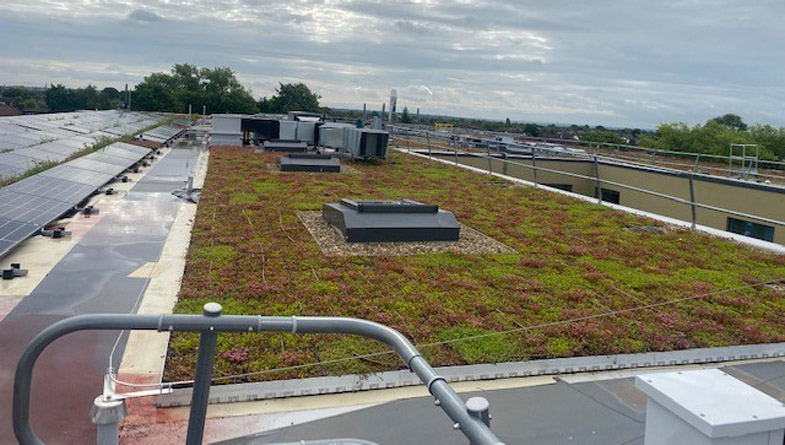
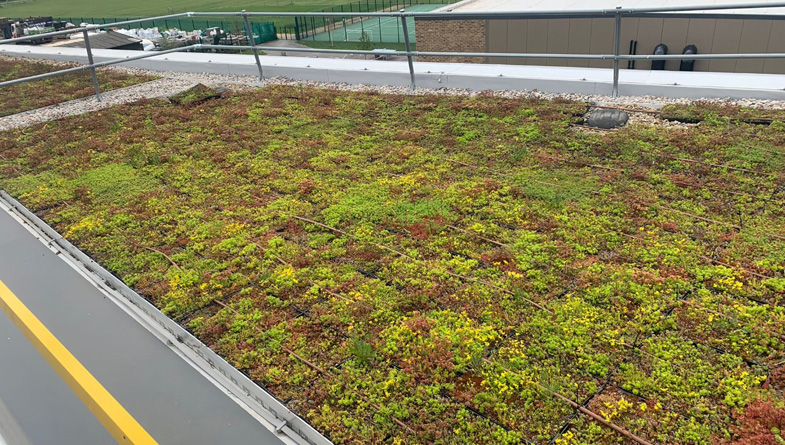

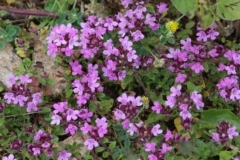
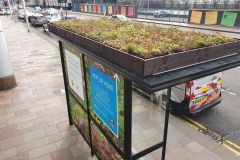
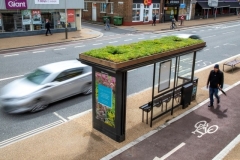
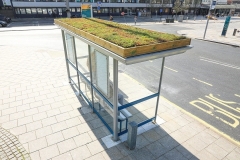
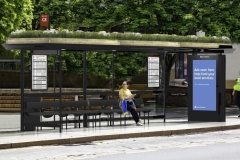
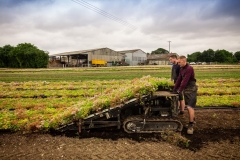
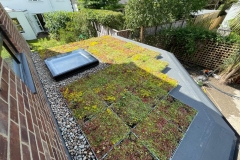
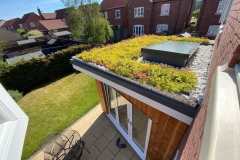
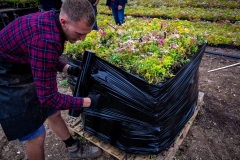
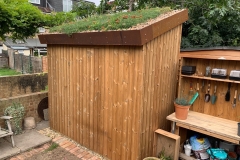
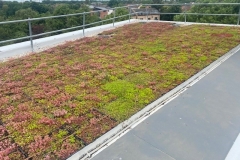
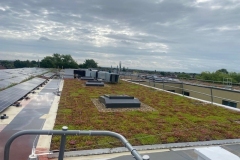
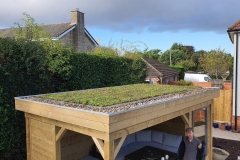
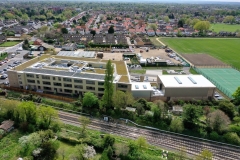
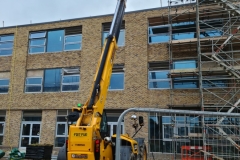
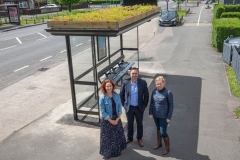
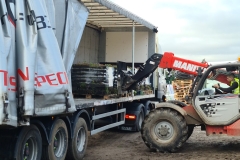
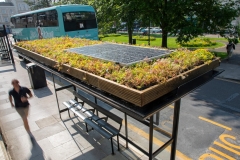




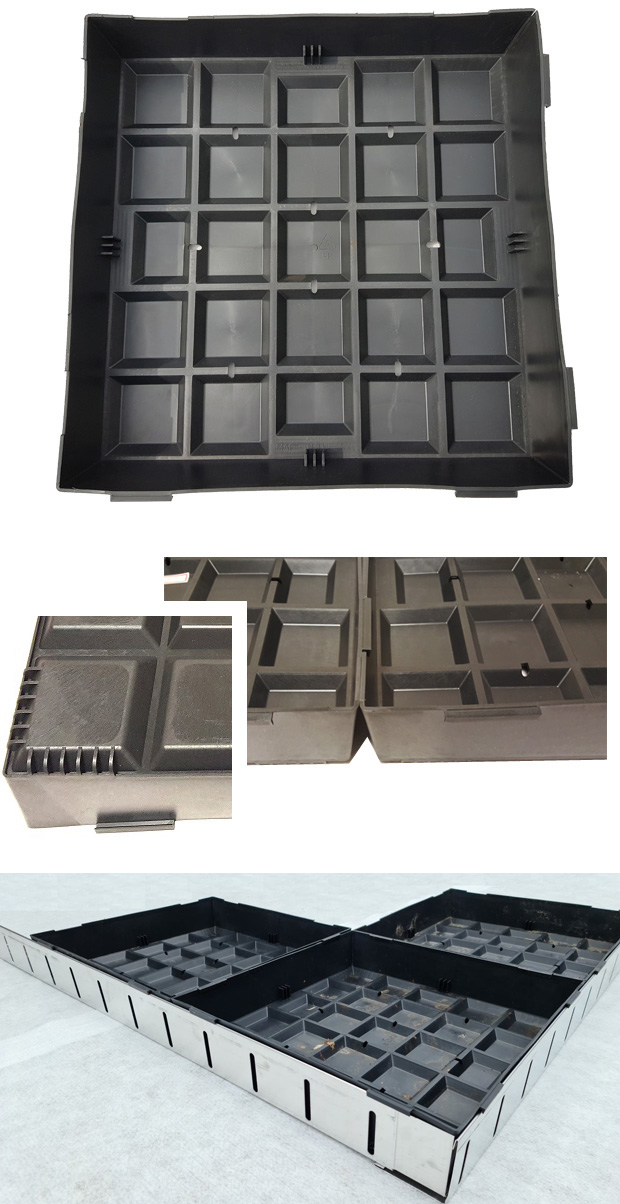
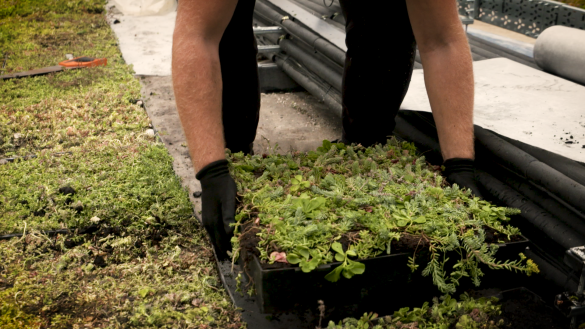

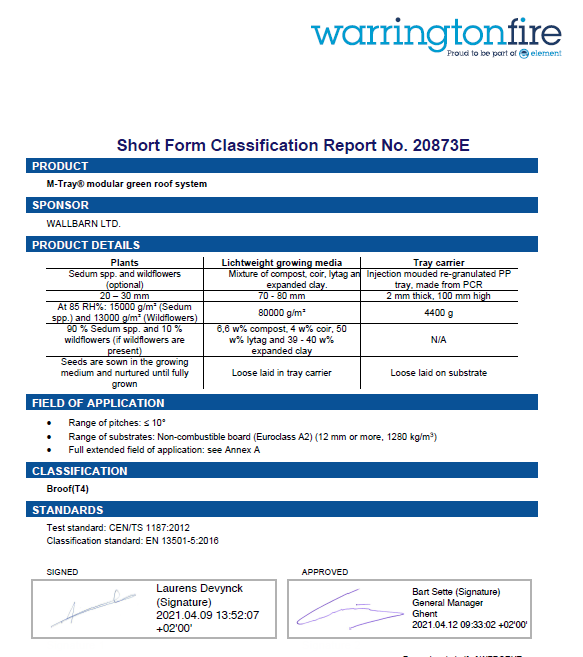
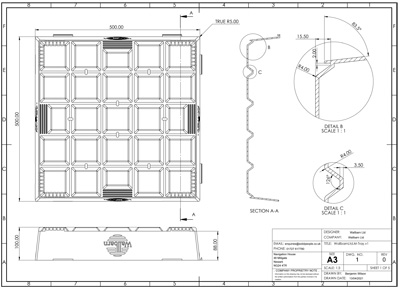
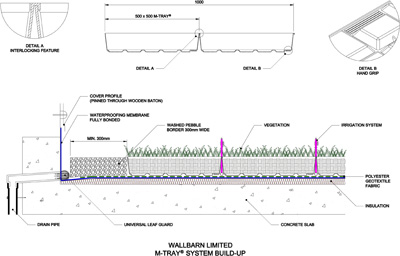
 Export & Licensing opportunities
Export & Licensing opportunities Below you will find the basic steps for successfully installing a modular green roof.
Below you will find the basic steps for successfully installing a modular green roof.